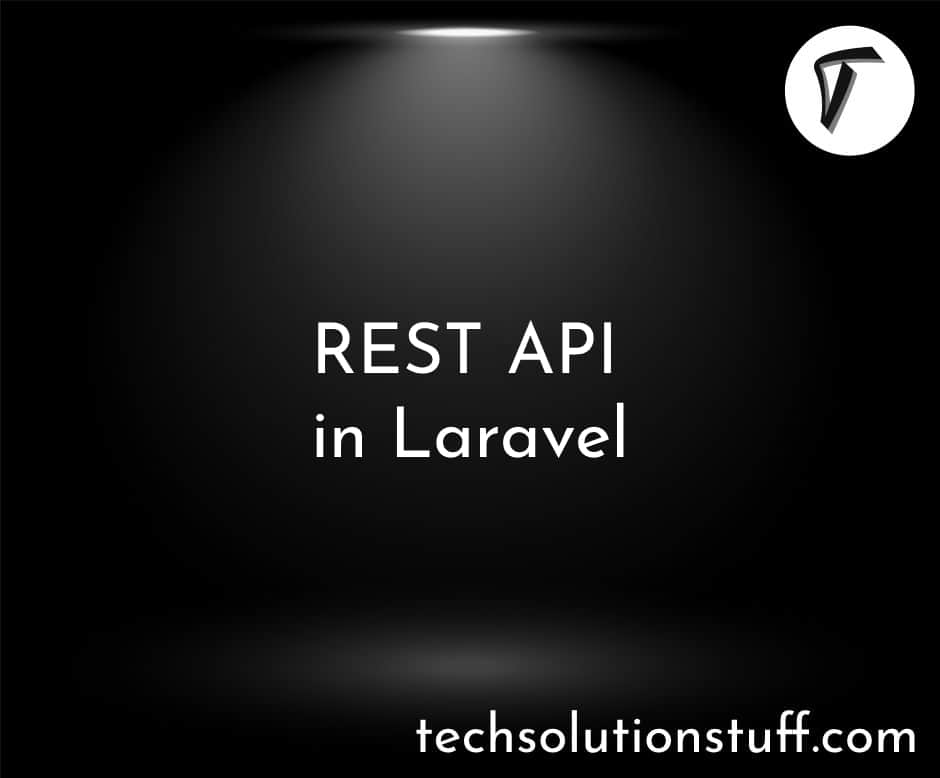A Beginner's Guide to Using Date and Time in Node.js
In this article, we will see beginner's guide to using date and time in node.js. When working with dates and times in Node.js, I can utilize the built-in Date object and various libraries. To handle date and time in Node.js, I can use the Date object provided by Node.js.
I can create a new Date object by calling new Date() without any arguments or by passing specific date and time parameters. For example, I can create a new Date object to represent the current date and time using new Date(). Additionally, I can specify a specific date and time by passing the desired values to the Date object.
-
Using the
DateObject: Node.js provides theDateobject, which allows you to work with dates and times. You can create a newDateobject by callingnew Date()without any arguments, or by passing a specific date and time as parameters. TheDateobject provides various methods to retrieve and manipulate different components of a date, such as the year, month, day, hour, minute, second, and millisecond. Here are some examples:const currentDate = new Date(); console.log(currentDate); // Outputs the current date and time const specificDate = new Date('2022-05-10T09:30:00'); console.log(specificDate); // Outputs the specified date and time -
Formatting Dates and Times: To format dates and times in Node.js, I can use the
toLocaleString()method of theDateobject. This method allows me to specify the locale and obtain the formatted date and time based on that locale. For more advanced date formatting and manipulation capabilities, I can also rely on libraries such asmoment.jsordate-fns. Here's an example:const currentDate = new Date(); console.log(currentDate.toLocaleString('en-US')); // Outputs the formatted date and time in the 'en-US' locale -
Parsing and Manipulating Dates: When parsing and manipulating dates, I can utilize the built-in methods provided by the
Dateobject. For example, I can use theDate.parse()method to parse a date string and obtain the corresponding timestamp. If more complex date manipulations are required, I can consider using libraries such asmoment.js,date-fns, or the built-indatemodule in Node.js. Here's an example:const timestamp = Date.parse('2022-05-10T09:30:00'); console.log(timestamp); // Outputs the timestamp for the specified date and time -
Timezone Handling: To handle timezones, I can rely on the system's timezone settings using the built-in
Dateobject. However, for more precise and controlled timezone handling, I can use libraries likemoment-timezoneordate-fns-tz. These libraries provide extensive support for working with timezones, including conversions, daylight saving time adjustments, and more.const moment = require('moment-timezone'); const currentDateTime = moment().tz('America/New_York'); console.log(currentDateTime.format()); // Outputs the current date and time in the 'America/New_York' timezoneWorking with dates and times can be complex, considering different timezones, formatting requirements, and calculations. Libraries such as
moment.js,date-fns, andmoment-timezoneoffer more advanced features and make date and time manipulation easier in Node.js. Installing these libraries using npm or yarn and importing them into a Node.js project can enable me to utilize their functionality effectively. -
Date Arithmetic and Manipulation: When working with dates and times in Node.js, libraries like
moment.jsanddate-fnsoffer powerful APIs for performing date arithmetic and manipulation. These libraries provide a wide range of methods for adding or subtracting various units of time, such as days, months, years, hours, minutes, and seconds, to or from a given date.For example, with
moment.js, I can easily add or subtract time intervals using its intuitive API. Here's an example of adding 3 days to a given date:const moment = require('moment'); const myDate = moment('2023-05-20'); const newDate = myDate.add(3, 'days'); console.log(newDate.format('YYYY-MM-DD')); // Outputs '2023-05-23'Similarly,
date-fnsprovides similar functionality with a slightly different syntax. Here's an example of subtracting 2 months from a date:const { subMonths, format } = require('date-fns'); const myDate = new Date('2023-05-20'); const newDate = subMonths(myDate, 2); console.log(format(newDate, 'yyyy-MM-dd')); // Outputs '2023-03-20'In addition to arithmetic operations, these libraries also offer methods for comparing dates, calculating the difference between two dates in various units (e.g., days, hours, minutes), and determining if a date falls within a specific range.
-
Relative Time and Human-Readable Output: to generate human-readable representations of dates and times. These libraries provide methods that allow me to format dates and times in a way that is more user-friendly and understandable.
For example, using
moment.js, I can easily create relative time representations such as "2 hours ago," "Tomorrow at 10:00 AM," or "Next month." These representations are useful for displaying time-sensitive information to users in a more intuitive manner. Here's an example:const moment = require('moment'); const now = moment(); const twoHoursAgo = now.subtract(2, 'hours'); console.log(twoHoursAgo.fromNow()); // Outputs "2 hours ago"Similarly, with
date-fns, I can achieve similar results. Here's an example:const { formatDistanceToNow } = require('date-fns'); const now = new Date(); const twoHoursAgo = new Date(now.getTime() - 2 * 60 * 60 * 1000); console.log(formatDistanceToNow(twoHoursAgo)); // Outputs "2 hours ago"These libraries also offer methods to format dates and times in specific ways according to user preferences or localization requirements. You can customize the format by specifying patterns or using pre-defined formats for different languages or regions.
You might also like:
- Read Also: Node.js The Ultimate Guide to Web Development
- Read Also: How To Store Data In Database Using Node.js
- Read Also: How To Send Email With Attachment Using Node.js
- Read Also: How To Get Current Date And Time In Node.js








